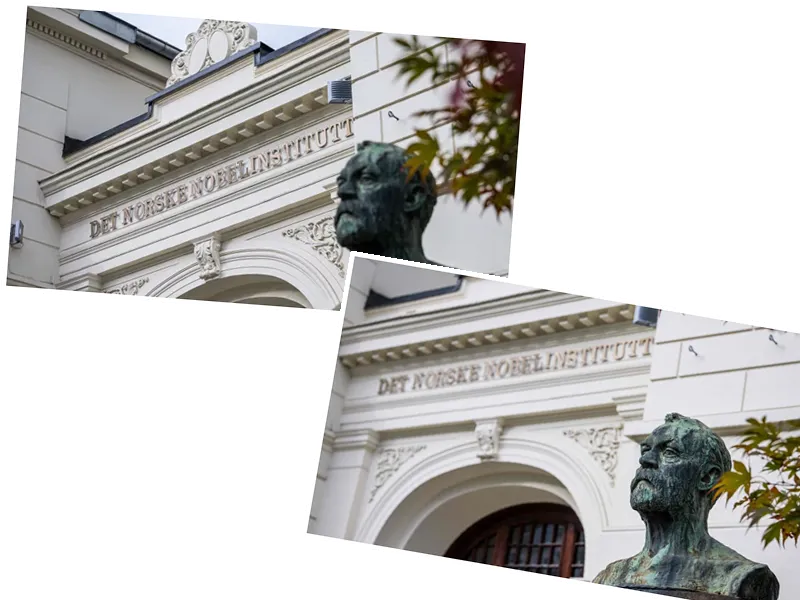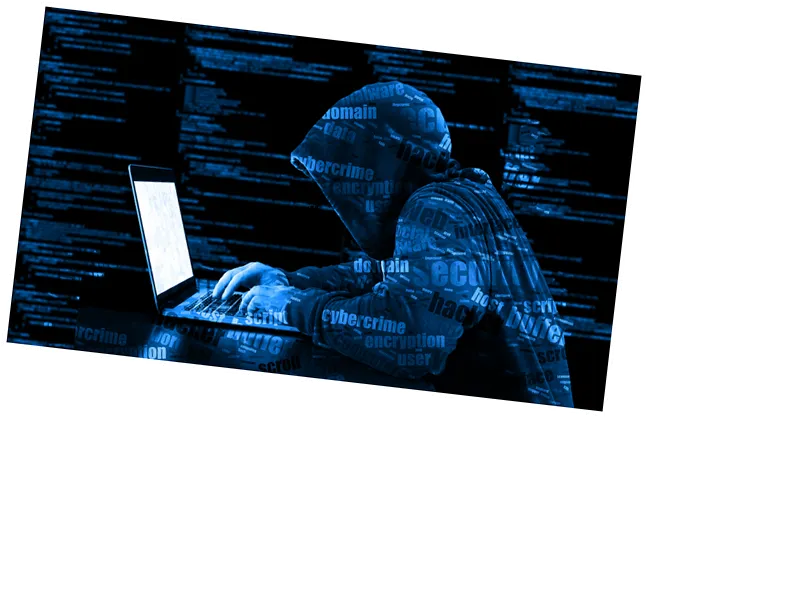The Evolution of Animation: From Emile Reynaud to Modern Technologies
October 28 marks International Animation Day, commemorating the first public display of animated drawings by French inventor Emile Reynaud in 1892. This event signifies the birth of animation, a medium that has evolved significantly over the years. Reynaud's pioneering work involved creating hand-drawn cartoons using a device that projected images onto a screen, paving the way for future developments in animation.
Reynaud's creations, including a film about the love triangle of Columbine, Harlequin, and Pierrot, showcased early techniques that would influence the animation industry. However, Reynaud's technology could not compete with the advent of cinema, leading to his eventual bankruptcy and the destruction of his device. Despite this setback, animation continued to thrive, evolving from hand-drawn films to more sophisticated methods.
In Russia, animation found its roots through figures like Vladislav Starevich and Alexander Alekseyev. Starevich, originally an entomologist, faced challenges in filming live insects, prompting him to create articulated dolls for his films. Meanwhile, Alekseyev's innovative techniques, including a screen of needles, contributed to the unique artistry of Russian animation. Recently discovered works by Alexander Shiryaev also highlight the early efforts in puppet animation, although they primarily served educational purposes rather than entertainment.
The introduction of stop-motion cameras led to a shift towards paper-based animation, allowing artists to create more fluid movements. Walt Disney revolutionized the industry by developing the conveyor method, where animators created characters in poses rather than frame by frame. This innovation significantly streamlined the animation process and had a lasting impact on studios worldwide, including the Soviet Soyuzmultfilm.
Soviet animators further advanced the craft by employing techniques like two-frame shooting and re-layout methods, which enhanced the smoothness of animations. Directors like Yuri Norshteyn demonstrated exceptional skill in blending different techniques to create visually stunning works.
In contemporary animation, the advent of modern technology has transformed the industry. While 3D animation has gained popularity, there is a noticeable trend of returning to hand-drawn aesthetics, as seen in recent films like DreamWorks' Wild Robot. This blend of traditional artistry with digital tools highlights the ongoing importance of character development and storytelling in animation.
The thematic depth and character evolution in modern cartoons reflect the experiences of creators, especially those who lived through significant historical events. For instance, many animators at Soyuzmultfilm after the Great Patriotic War infused their works with optimism and warmth, resulting in timeless classics.
However, the current state of domestic animation faces challenges, particularly in maintaining originality and artistic integrity. The 1990s saw a disruption in the continuity of generations, leading to a focus on financial gain over creative quality. As a result, many contemporary animations lack the unique styles that characterized earlier works.
To revitalize the animation landscape, there is a call to return to the values that once defined the industry—creating meaningful content that resonates with audiences and preserves the rich cultural heritage of animation.





